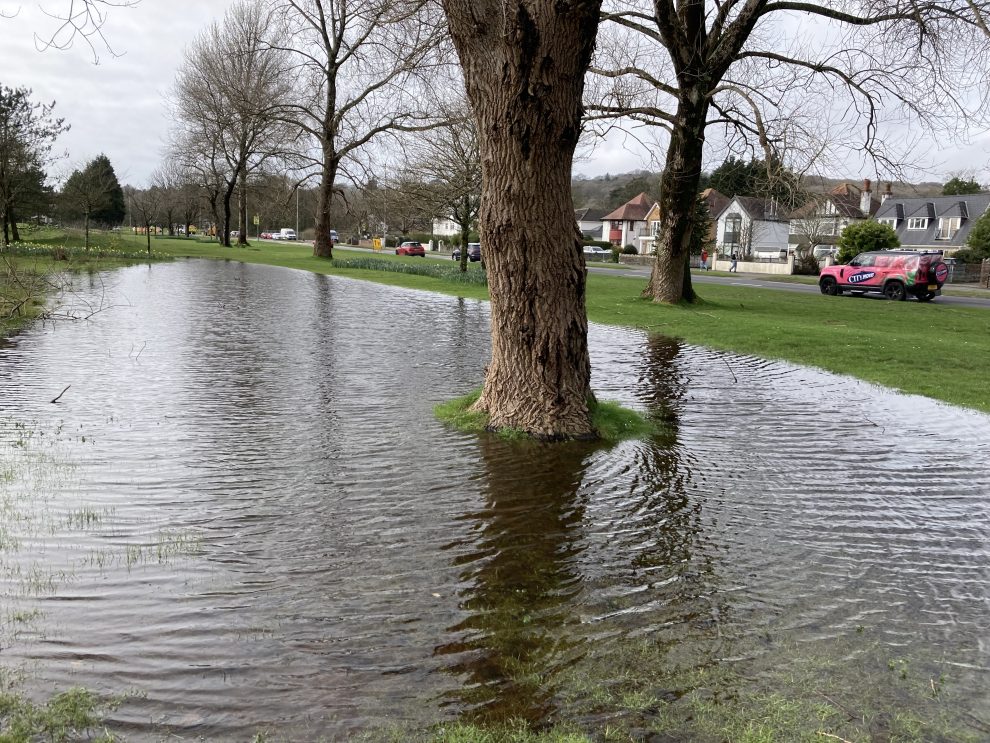THE ENDLESS task of clearing more than 40,000 drains is ahead of schedule in Swansea thanks to extra council investment, a meeting heard.
The council cleans out the road drains on a three-year cycle, although some are dealt with on an annual or six-monthly basis. It works out at more than 250 drains per week on average.
There are two “routine” drain teams, three reactive ones and one specialist team, a report before a council scrutiny panel said. The service has been beefed up with £300,000 additional funding.
Mike Sweeney, highways team leader in Swansea, said priority was given to drains which posed a serious flood risk to motorists and adjacent properties.
Above-average rainfall this winter – Swansea recorded 103mm just last month – has been an issue on Mumbles Road. Drainage engineers took a couple of weeks last November to unblock an underground outfall which had caused persistent floodwater on the eastbound carriageway outside Swansea University.
Cllr Michael Locke said the inside lane of Mumbles Road, travelling westbound, was frequently flooded approaching Blackpill. “It’s a real hazard when it’s dark,” he said.
Cllr Chris Evans said flooding was a problem on much of Mill Lane, Blackpill, and that one family had had to move out of their home as a result. “It looks like the ground underneath (the road) has been eroded,” he said.
Met Office data from 1836 onwards indicates that the UK is getting slightly wetter, although it varies a lot from year to year. The climate is getting warmer, and the warmer the atmosphere the greater its capacity to hold water.
Local authorities in Wales are responsible for surface water flooding, drains, culverts and small streams. Swansea Council is drawing up a new, six-year flood risk management strategy, which includes raising awareness of and responding to coastal erosion. The strategy is dividing Swansea into six geographical areas, factors in climate change, and will set out what the council is doing to manage flood risk.
Welsh Government funding has been secured to design flood reduction schemes at Capel Road, Clydach, and West Street, Gorseinon, while a proposed project at Killay Square, Killay, is being reviewed. Outline business cases are being developed for other upgrades.
Meanwhile, a £23 million upgrade of the seawall in Mumbles, which is part of a national coastal erosion programme, is expected to be completed early next year.
Cllr Mary Jones said flooding last year had affected pavements by Trafalgar Bridge, at the mouth of the River Tawe, and she asked if anything was being planned to address it. She was told it was being looked at as part of a study, and that the council had commissioned a larger piece of work called a strategic flood consequence assessment for the county.
Councillors also asked how householders could minimise water run-off from their homes and driveways. Cllr Sara Keeton said she thought every house should have a water butt to store excess water. She said people without gardens could still use the water for things like washing their car.


















